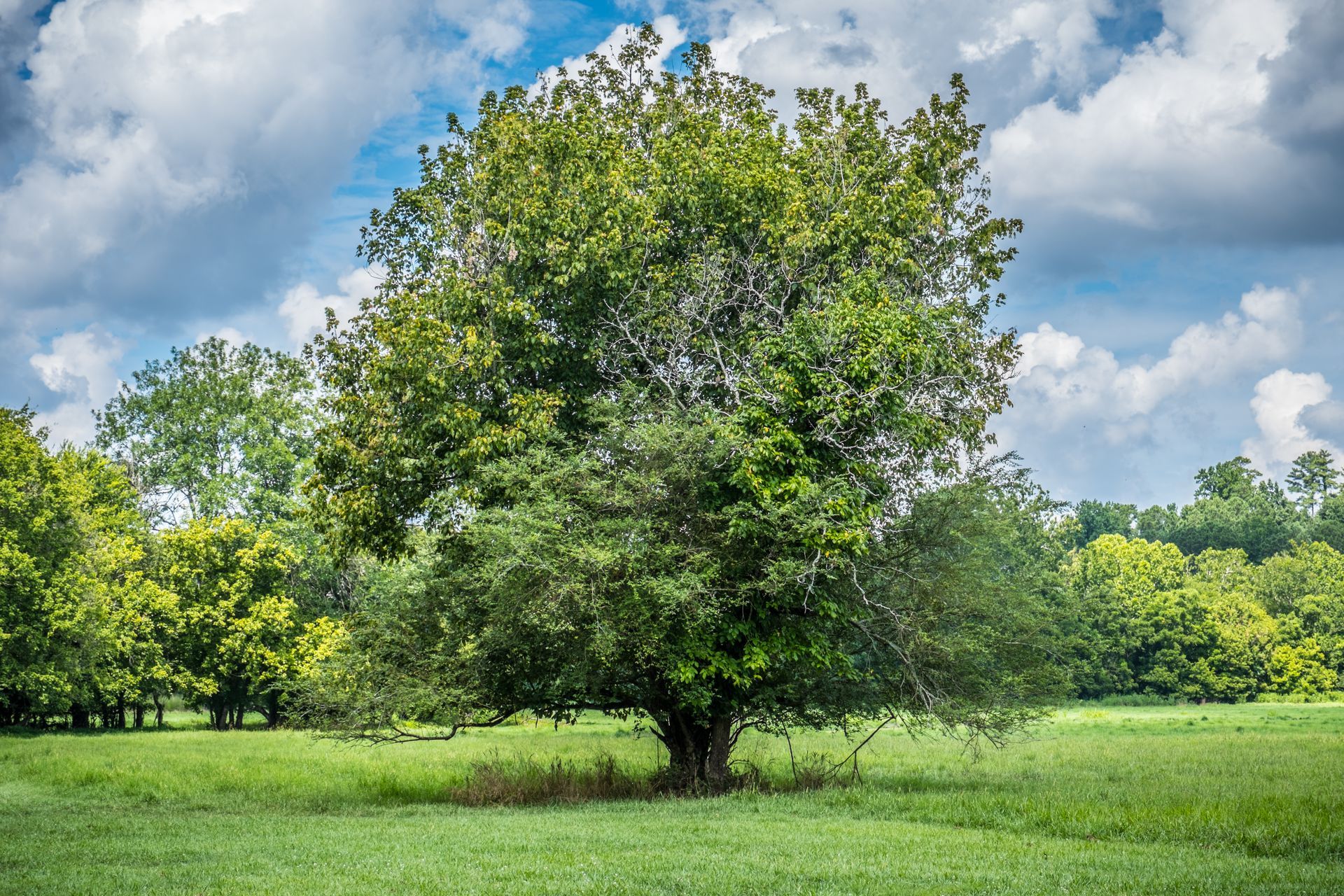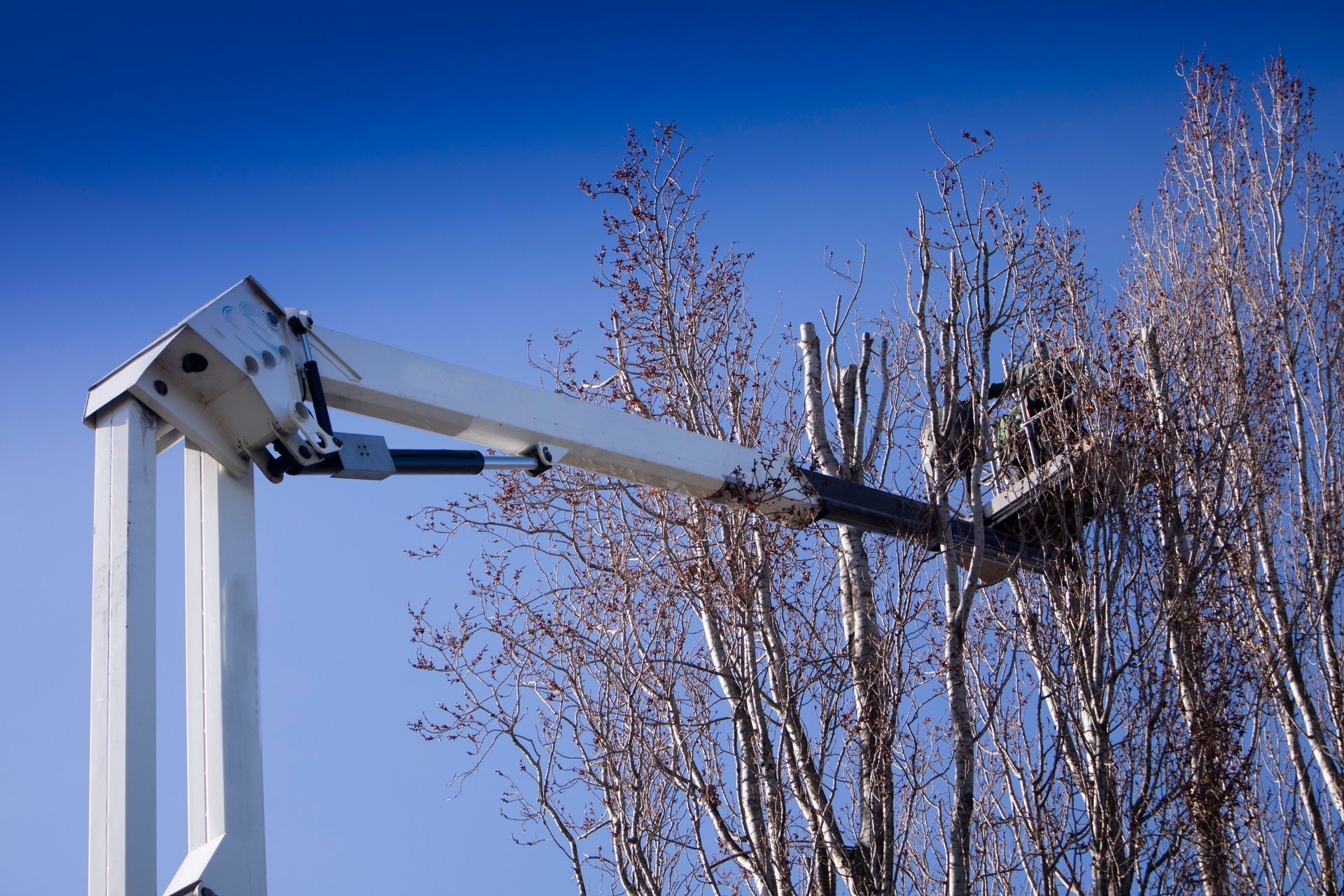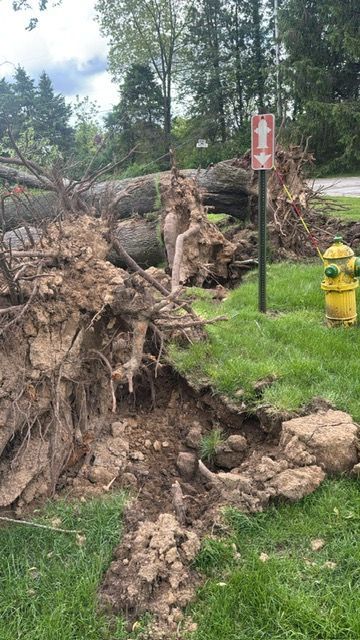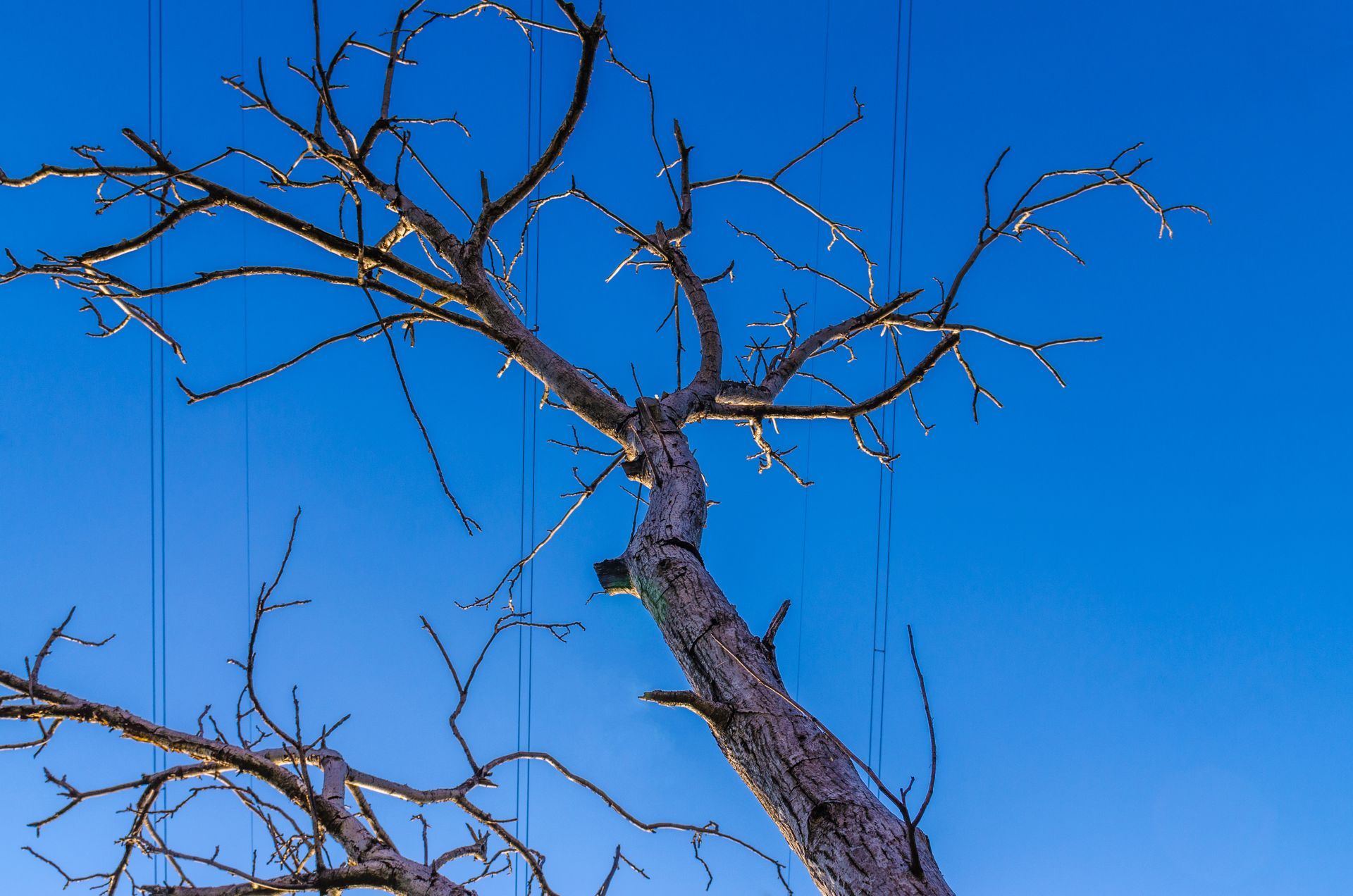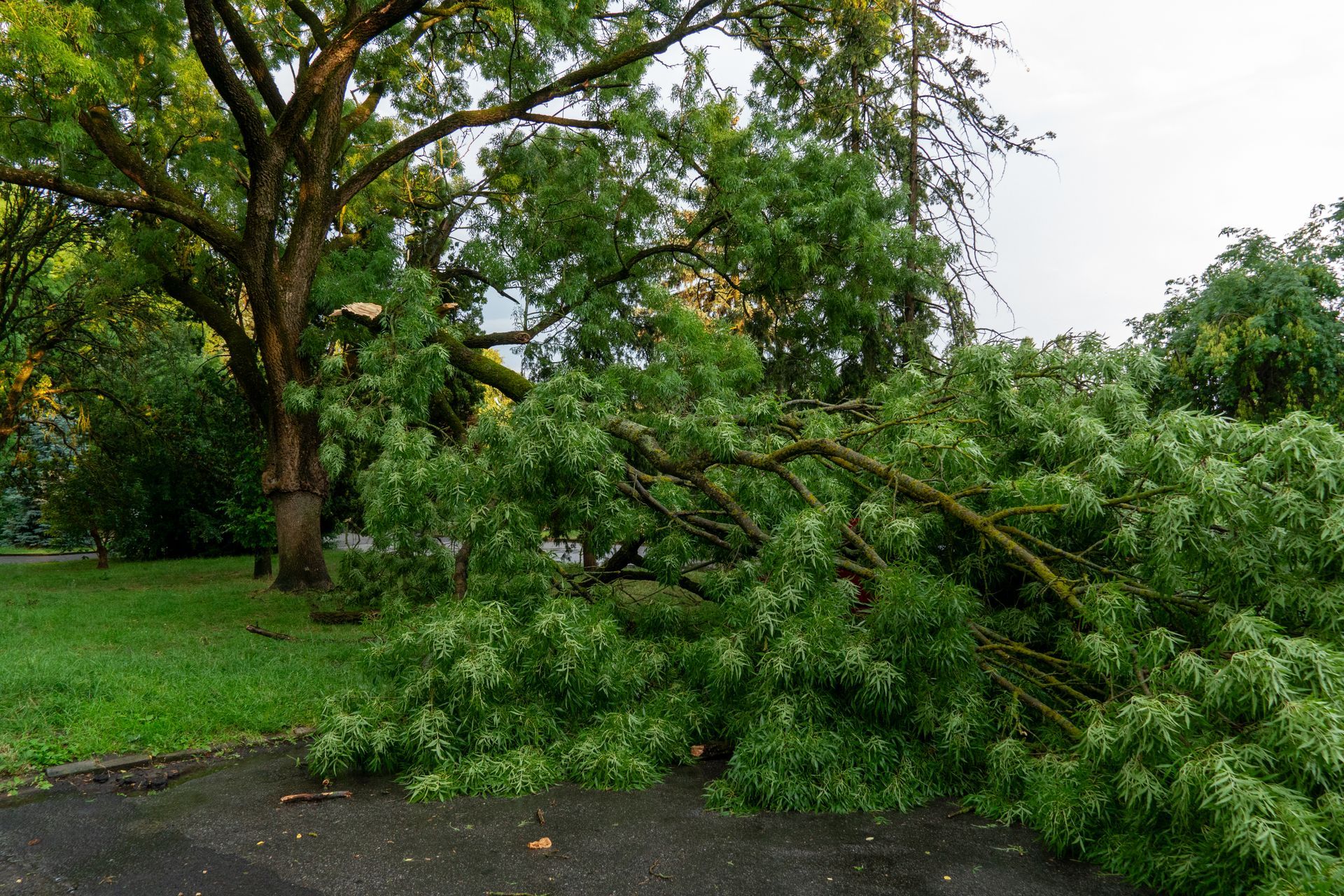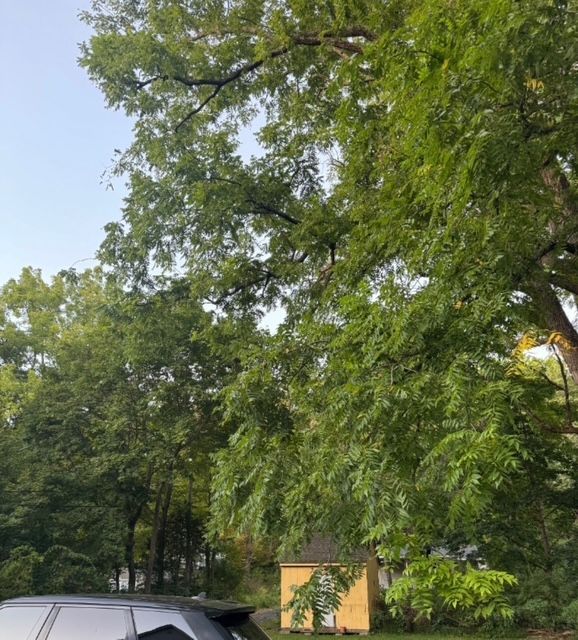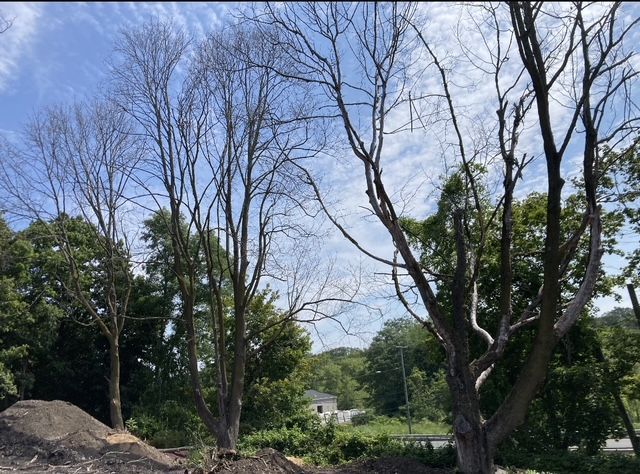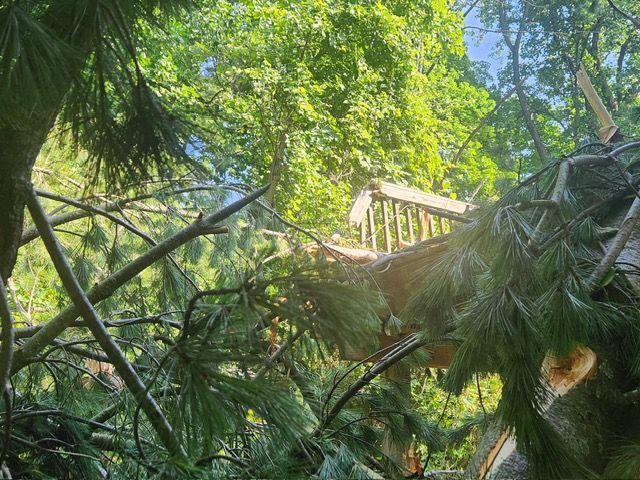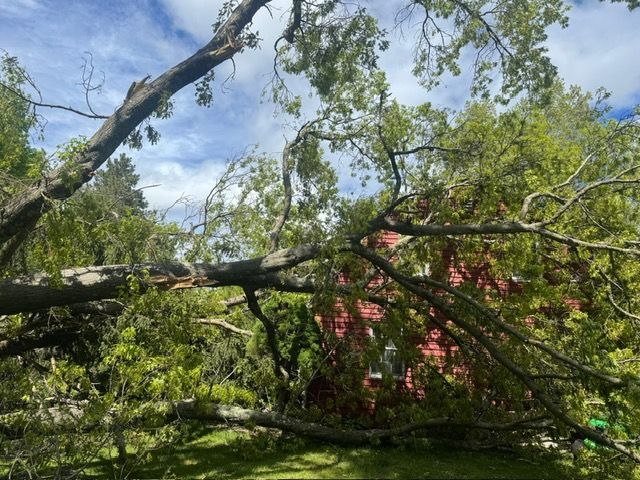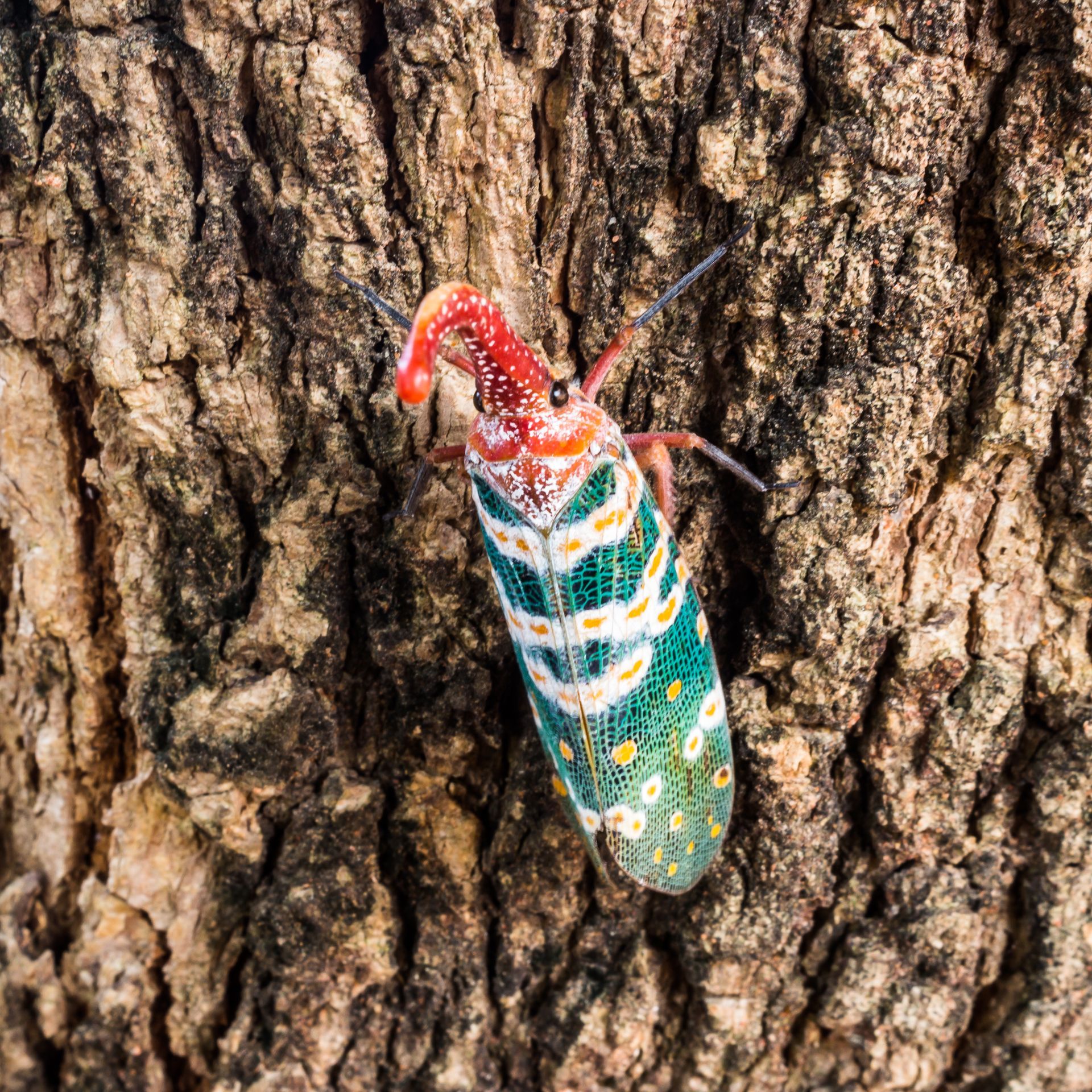Preparing Your Trees for Hurricane Season in Connecticut
Preparing Your Trees for Hurricane Season in Connecticut
"When winds hit 74 mph, it’s a hurricane. But when they hit 100 mph, it’s your roof—and your trees—that pay the price."
Every year, from June through November, Connecticut holds its breath. Hurricane season creeps in. Maybe it's a tropical storm. Maybe it’s a full-blown hurricane. Either way, your trees are on the front lines.
And here’s the blunt truth: trees are responsible for more property damage during storms than almost anything else.
One cracked branch. One uprooted trunk. Suddenly it’s not just your landscaping at risk—it’s your car. Your roof. Your neighbor’s fence.
So the question is simple. Are your trees ready?
Let’s walk through how to make sure they are. No fluff. No wasted time. Just clear, actionable steps to protect your property—and your peace of mind.
🌪️ Why Trees Fail During Hurricanes
It’s not random. Tree failure is predictable—and preventable.
Here’s what typically brings trees down in hurricanes:
- Weak branch attachments. (The classic Y-shaped split.)
- Overextended limbs. Long, heavy, unbalanced branches.
- Root damage. Poor soil, compacted roots, or past construction damage.
- Decay and disease. Hollow trunks, fungal rot, dead limbs.
- Improper pruning history. Topping. Over-thinning. Neglected trees.
When high winds hit, any one of these weak points becomes the failure point.
✅ Step 1: Inspect Like a Pro
Start with a walk-through. Seriously. Walk your property and look—really look. What are you checking for?
- Dead or dying branches. They’ll come down first.
- Cracks in major limbs or trunks. Red flag.
- Mushrooms at the base. That’s a sign of root rot.
- Leaning trees. Has the lean increased since last year? Big warning sign.
- Cavities or hollow spots. Not all cavities mean failure, but it’s worth evaluating.
When in doubt, snap a photo and call an arborist.
✂️ Step 2: Prune for Wind Resistance
Pruning isn’t about cutting stuff randomly. It’s about engineering balance.
Well-pruned trees do way better in high winds. Here’s how:
- Remove dead wood. First, always.
- Thin the crown—carefully. The goal is to let wind pass through, not to gut the tree.
- Shorten overextended limbs. Long, heavy limbs are prone to snapping. Reduce them back to lateral branches.
- Correct weak attachments. Those tight, V-shaped forks? Remove one side if it’s safe to do.
- Lift low limbs when appropriate. Especially over driveways, roofs, or walkways.
⚠️ Important: Never top a tree. Ever. Topping creates weak regrowth that’s more dangerous in storms.
🌳 Step 3: Support High-Risk Trees
Not every tree needs to come down. Some just need support.
- Install cabling or bracing for large limbs with poor attachments.
- Consider lightning protection systems for tall, prominent trees close to your home.
- Mulch around the base (but not against the trunk) to improve soil moisture and root health.
A healthy root system is your tree’s best defense against hurricanes.
🏡 Step 4: Remove the Real Hazards
Some trees just shouldn't stay.
If a tree is:
- Dead.
- Mostly hollow.
- Leaning dangerously toward a structure.
- Severely decayed.
It’s time to remove it.
No one wants to lose a tree unnecessarily. But losing one on your house during a storm is far worse.
🔧 Step 5: Post-Storm Readiness
Before the storm hits:
- Clear loose branches, firewood piles, or debris. Projectiles in waiting.
- Check drainage. Poor drainage softens soil, increasing the risk of uprooting.
- Park vehicles away from large trees. Simple but often overlooked.
🌟 Bonus Tip: Focus on Native Trees
Long-term, if you’re planting, choose trees adapted to Connecticut’s weather. Species like:
- White Oak
- Eastern Redbud
- Serviceberry
- Eastern Red Cedar
These trees tend to handle storms better than fast-growing, brittle species like Bradford Pear or Silver Maple.
🚨 Final Word: The Clock Is Ticking
Hurricane season doesn’t wait. Once a named storm is tracking up the coast, every tree service gets slammed.
This is the time to act. Not when the winds are already coming.
If you’re not sure whether your trees are storm-ready, call us. At Fleet Farmington Tree Service, we do risk assessments, precision pruning, and hazard removals to keep your property safe—before, during, and after the storm.
✅ Schedule a Hurricane Readiness Tree Inspection Today.
Fast. Local. Fully insured.
💡 Need help? Let’s get your trees storm-ready.
